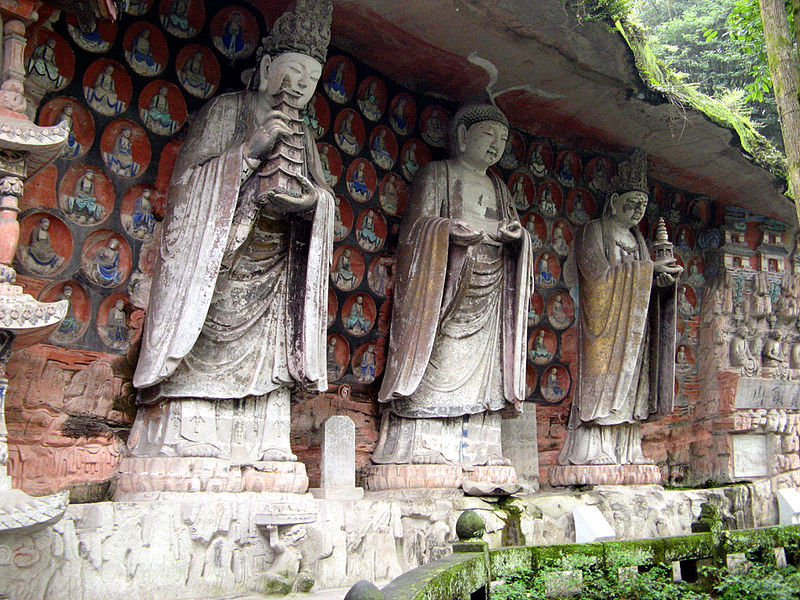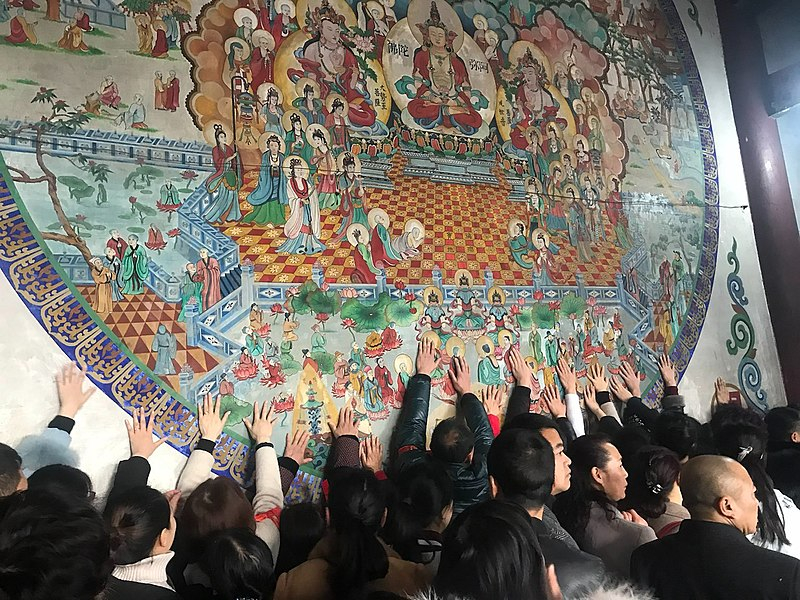Huayan

The Huayan School of Buddhism thrived in China during the Tang period, from the late 500s to the mid 800s. Its foundation rests on the Avatamsaka Sutra (Flower Garland Sutra), also known as the Huayan Sutra, renowned as one of the most comprehensive and intricate sutras within the Mahayana tradition.
What sets Huayan apart from typical Indian approaches is its departure from focusing solely on diagnosing human problems and prescribing solutions. Instead, Huayan begins from the standpoint of enlightenment, adopting a nirvanic perspective rather than a samsaric one in its discourse.
Huayan Buddhism greatly emphasizes interdependence and interpenetration of all phenomena, famously called "Indra's Net." According to this view, each sensation is interconnected with and mirrors the entirety of the universe, with every part embodying the whole. Additionally, the concept of "mutual containment" within Huayan's philosophy asserts that each phenomenon encompasses all others within it, as all phenomena mutually support and define each other.
Huayan Buddhism left a deep imprint on Buddhism's intellectual and philosophical evolution in East Asia. Its profound teachings on interconnectedness and interpenetration inspire scholars and practitioners, fostering a comprehensive comprehension of the nature of reality and the path toward enlightenment.











